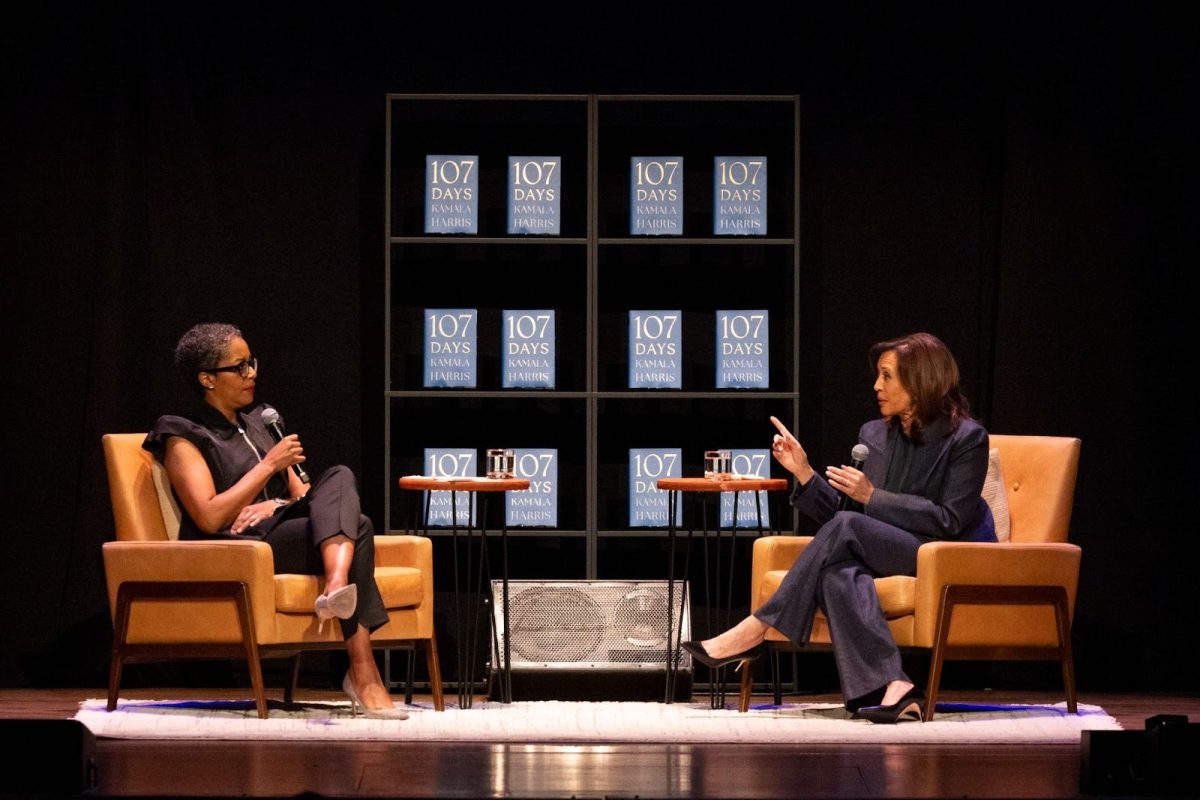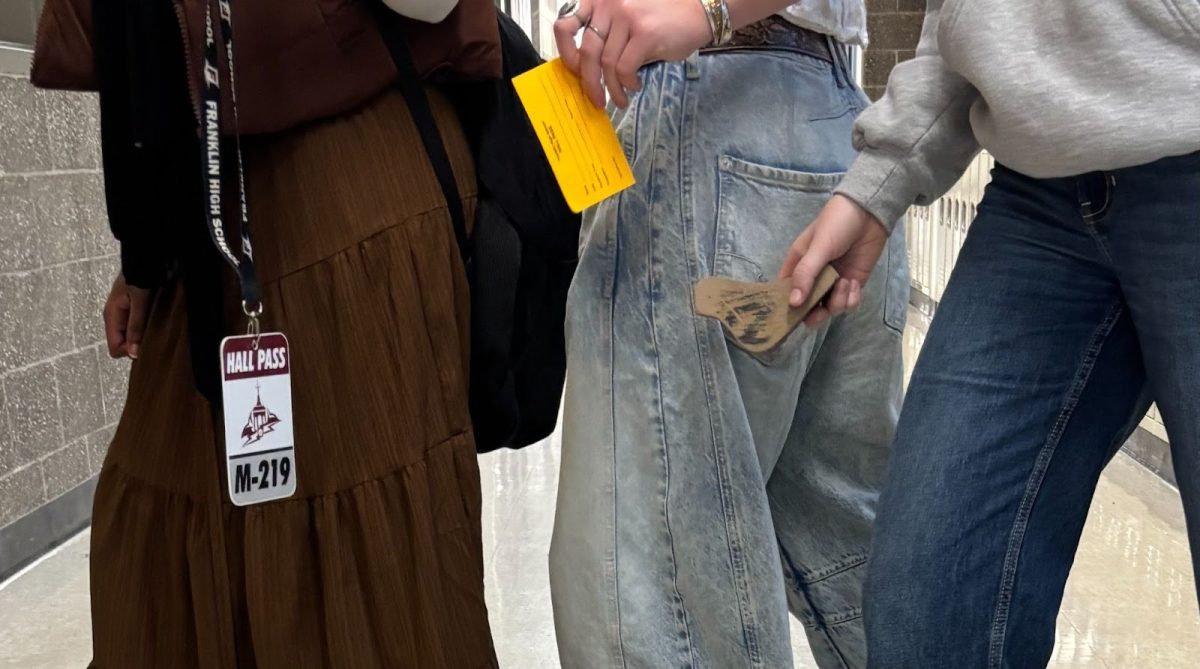
Kaiser Permanente support staff including housekeepers, kitchen staff, surgical, pharmacy, radiology technicians, and many more recently went on strike. This strike lasted from Oct. 4-6 and took place in Oregon, California, Washington, and Colorado. Virginia and the District of Columbia also held one-day strikes. Eight unions, representing around 75,000 employees, were involved, which totals up to be about 40% of Kaiser Permanente’s workforce, making this the largest ever health care strike in U.S. History.
This strike came as a result of the renewal of Kaiser work contracts, which were set to be implemented starting Sept. 30. Normally, negotiations start in February and go until June, but this time they didn’t start until late April. It had been four years since the last contract, and the unions’ main asks were wage increases relative to inflation, and for Kaiser to hire more staff members to keep up with customer demand, while also filling vacancies left by COVID-19 when many medical personnel quit.
Kevin Dardon, a Patient Access Representative, was one of two candidates chosen to represent Sunnyside Hospital union members on the local union bargaining team, which was made up of 15 representatives from Salem to Long View. Two of these representatives spoke at national bargaining. “I think the biggest thing for people to know is [that] when we do a strike it’s not just for our well-being, it’s for the well-being of our community, so I think the main focus besides wages and benefits and everything we’re usually fighting for is to have the personnel and staff to do the work with the growth of Oregon and Southwest Washington, and making sure we have the adequate staff to do the work,” Dardon says, explaining why he thought the strike was necessary.
When it comes to wages, the unions have been advocating for increases for a while. Over the last four years, Kaiser has given across-the-board pay raises of 12.5% to 16%, but unions say these increases can’t keep up with the cost of living. The striking staff asked for their minimum wage to be raised to $25 per hour, as well as an improved bonus structure to give away bonuses more deservingly.
The other big demand was for Kaiser to hire 10,000 more members. Dardon mentioned the involvement of COVID in understaffing and believes that increased staff will also make it easier to get appointments. “If we had more staff […] we could probably start reducing those wait times to like two or three weeks, but to get that done we have to have the personnel[…] And if COVID ever comes back or anything similar to COVID we want to make sure we have the correct amount of personnel to handle any emergency situation like that,” explains Dardon.
On Oct. 13, acting U.S. Labor Secretary Julie Su was in San Francisco at 3 A.M., taking part in a meeting between Kaiser Permanente and union reps who finally agreed to the deal. Both the union coalition and the company’s twitter thanked her for helping them reach what CNN and many other news sources called the “tentative agreement” they had come to. The terms of the contract include raising minimum wage to $25 in California, and $23 in other states. It also includes plans for Kaiser to lead staff training, participate in job fairs, and try to bring in more employees. They are also working on speeding up the hiring process to help get positions filled more quickly.
If this agreement hadn’t been reached, another strike was in the works, set to take place in November. The only exception to the strike’s conclusion are the pharmacy techs, who remain on strike. Their strike is separate from the others and began on Oct. 1. About 1,000 pharmacy technicians in Oregon joined this strike.
While many are striking, there are also many workers who aren’t part of the strike and have been working through this. Anne Sherwood is a CRNA, a nurse who administers anesthesia. As non-urgent surgeries were canceled, her department was faced with less work. Many were asked if they would participate in redeployment, to help out with jobs such as drawing blood, transporting patients, and even housekeeping. Kaiser did hire temporary workers to fill these roles, but more personnel were still needed. Sherwood said the time while people were on strike came with various challenges. “The patient care became difficult, because with pharmacy on strike, we have little machines that have our medication and stuff and the machines are not getting refilled by the pharmacy, and we were starting to run out of those medications, and how do we get those refilled?” There were other disruptions as well, such as the lack of food accessible to staff at the cafeteria. According to many, it was a difficult few days.
Now that most of the strikes are resolved, Kaiser’s bigger problem might have something to do with how often strikes take place there. Last year, nurses at Kaiser almost went on strike, and this year, it’s the support staff. According to PBS.org, out of the 15 biggest healthcare strikes in the U.S., five of them were by Kaiser workers. The contract all this debate was over will renew in a few years, and we will see how the current adjustments to the contact have played out.


































